Electrical safety testers test a device for electrical safety (D'oh!). This is done by providing measurements like isolation resistance (Megaohm-range) or resistance between touchable metal parts of the enclosure to the protective earth pin on connector (low Ohms range) in an convenient package. As in my part of the world there are rules for everything, there are rules for this as well, namely VDE 07071/0702. So over here those testers are called VDE testers, VDE0701/0702 testers etc.
Those devices are usually really expensive (100s to 1000s of Eur), because they are targeted on business customers and built in rel. low quantity.
I had to deal with such an expensive "high-end" device a few years ago in a corporate environment, namely an Testboy TV 470. It provides a barcode scanner (seperate wall-wart!) to be able to identify the tested devices, but lacks the possibility to enter a description of the device just scanned, so it is necessary to create a list on paper with those long barcode numbers and a device description (current location etc.). The software is a pain to use (no convenient way to export the data. I had to get the data out with a python script and manual SQL queries). It sometimes cannot decide on which measurement range to use, so it jumps between two ranges etc. I hope they fixed this in the meantime.
Anyway, for personal use (as regular vintage-test-equipment-buyer and device-repairer), I came across a nice listing on ebay: HJS Eurotest 701/702 S for <5% of the list price - nice! And it got an computer interface!
Long story short: This device is simple to use, high build quality, minimalist and provides the current displayed reading (and range selection + serial number) on a 3.5mm mono jack by an optocoupler at 2400 baud plaintext. To get the data, provide a pullup resistor (I used 4.7kOhms) to the RX pin of an 2Eur CP2102 USB-UART adapter, wire RX to the center pin ("left"/"mono") and GND to the GND pin - thats it. For bonus nerd score, use an ESP8266 and let it provide the readings to the interwebs.

And, of course, it is possible to use it for electrolysis while logging the resistance/current curve, because it uses approx. 600V at limited current for isolation testing (20MOhm-range) (don't worry - cheap ebay probes):
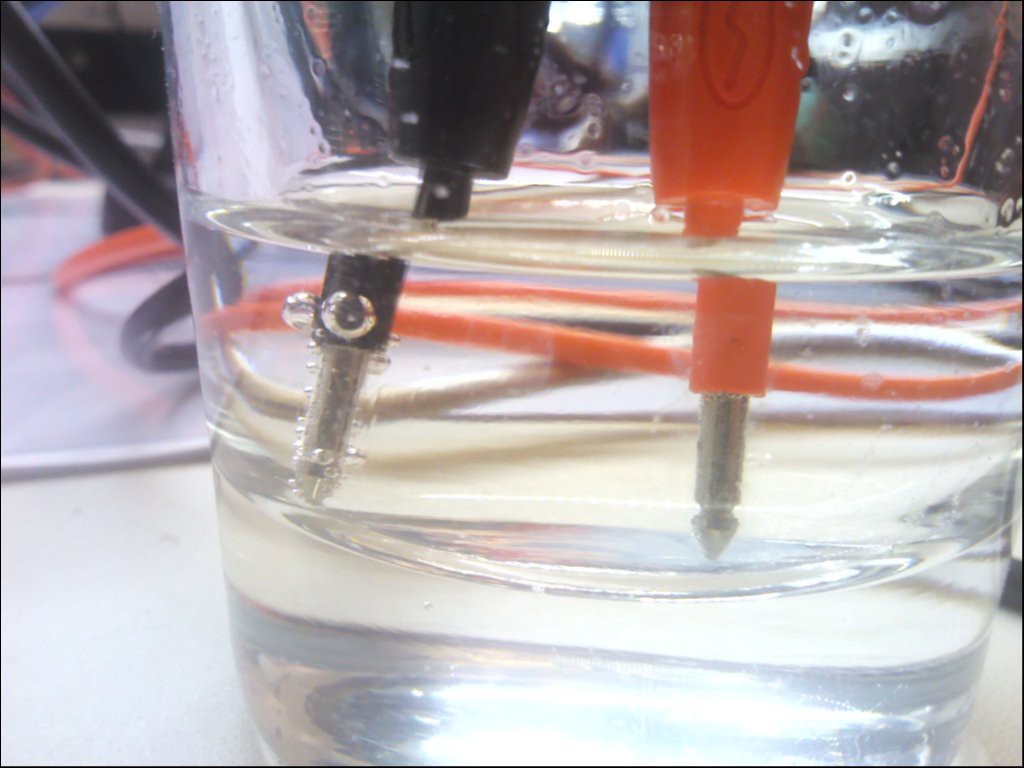
My ESD mat is >20Mohm.
 rawe
rawe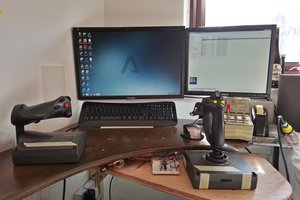
 Gavin169
Gavin169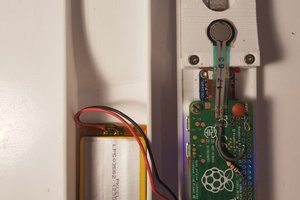
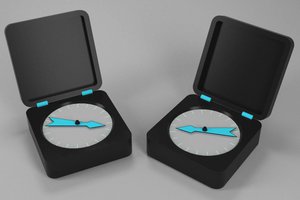
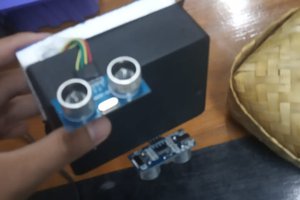
 dede rohmat
dede rohmat